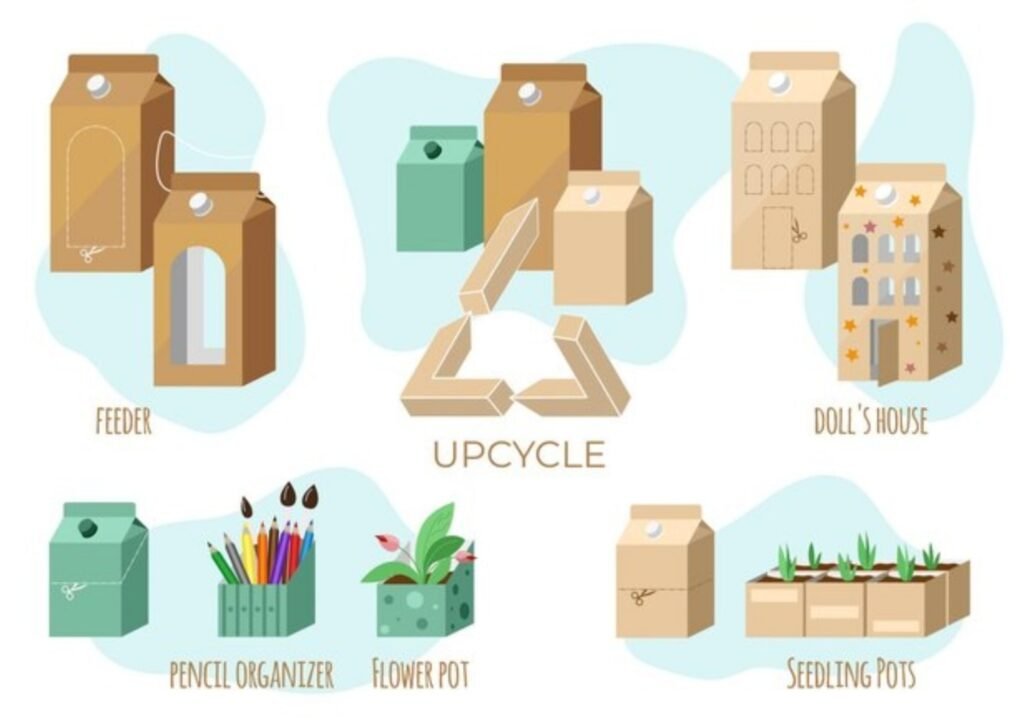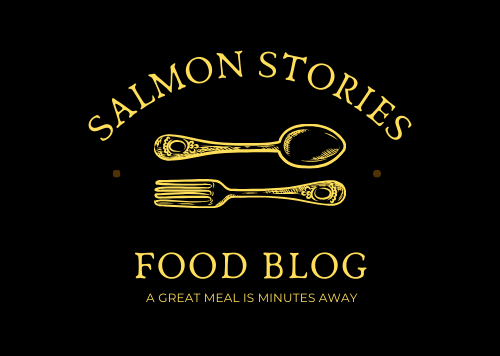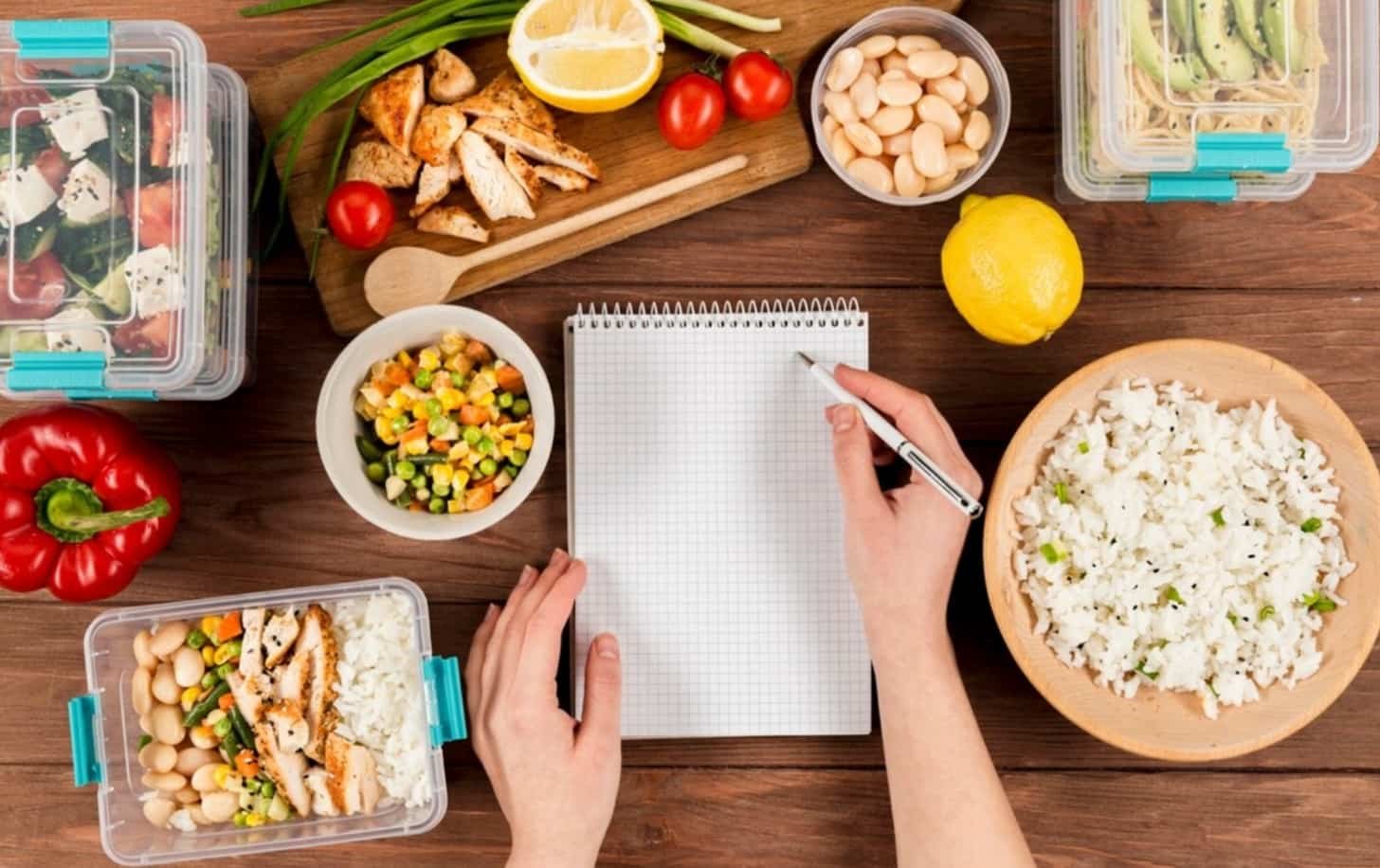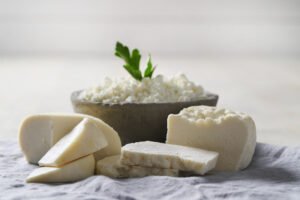Introduction to Upcycling Food
Welcome to a journey of culinary creativity and sustainability! In this blog, we delve into the fascinating world of upcycling food, and left over food recipes a practice that transforms overlooked ingredients into delicious and innovative dishes. Upcycling goes beyond reducing waste; it’s about reimagining the potential of every kitchen staple. Join us as we explore inventive recipes, share tips on minimizing food waste, and discover the joy of turning surplus items into gastronomic delights. Embrace the upcycling revolution and let’s embark on a flavorful adventure that not only tantalizes the taste buds but also contributes to a more eco-conscious and resourceful way of cooking.
Table of Contents
Citrus Peel Candy Surprise
“Citrus Peel Candy Surprise” is a delightful and sustainable way to upcycle food waste, turning citrus peels into a sweet treat. Begin by collecting citrus peels from oranges, lemons, or any citrus fruits you have on hand. Thoroughly clean and peel the citrus, being mindful to remove any bitter pith.
Next, cut the peels into thin strips or desired shapes. Boil the peels in water to remove any remaining bitterness. Repeat this process a couple of times. Then, simmer the peels in a simple syrup made from equal parts water and sugar until they become translucent. This not only sweetens the peels but also preserves them.
For an added twist, coat the candied citrus peels in sugar or dip them in melted chocolate. This adds an extra layer of sweetness and transforms them into an elegant treat. The result is a “Citrus Peel Candy Surprise” that not only reduces food waste but also provides a burst of citrus flavor in every bite.
Savory Vegetable Broth from Scraps
“Savory Vegetable Broth from Scraps” is a fantastic way to minimize kitchen waste while creating a flavorful base for various dishes. Start by collecting vegetable scraps such as carrot peels, onion ends, celery tops, and any other unused vegetable parts. Store these scraps in a container in your freezer until you have a substantial amount.
Once you’ve gathered enough scraps, it’s time to turn them into a rich broth. In a large pot, sauté the scraps in a bit of oil until they release their aroma. Then, cover them with water and bring the mixture to a boil. Reduce the heat to a simmer and let it cook for an hour or more, allowing the flavors to meld.
Feel free to add herbs like parsley, thyme, or bay leaves for extra depth. Strain the broth, discarding the solids, and you’re left with a homemade vegetable broth that’s not only delicious but also a sustainable alternative to store-bought versions.
Watermelon Rind Pickles
“Watermelon Rind Pickles” offer a unique and delicious way to upcycle a part of the fruit that is often discarded. Transforming watermelon rinds into pickles not only reduces waste but also provides a tasty condiment with a sweet and tangy kick.
Begin by removing the green outer layer and any pink flesh from the watermelon rind. Cut the rind into small, bite-sized pieces or strips. Boil the rind until it’s slightly tender, then drain and set aside.
For the pickling solution, combine equal parts water and white vinegar in a pot. Add sugar, salt, and a medley of spices such as mustard seeds, cloves, and cinnamon. Bring the mixture to a boil, ensuring the sugar and salt dissolve completely.
Place the boiled watermelon rind in jars and pour the pickling solution over them. Let the jars cool before refrigerating them for at least a day to allow the flavors to meld. The result is a delightful and refreshing snack that showcases the often-overlooked part of the watermelon.

Pumpkin Seed Pesto
“Pumpkin Seed Pesto” is a brilliant way to upcycle pumpkin seeds, turning them into a flavorful and nutritious condiment. Instead of discarding the seeds when carving pumpkins or preparing dishes, harness their potential to create a unique twist on traditional pesto.
Start by collecting and cleaning the pumpkin seeds, removing any pulp or fibers. Toast the seeds in a dry pan until they are golden brown, enhancing their nutty flavor. Allow them to cool before moving to the next step.
In a food processor, combine the toasted pumpkin seeds with fresh basil, garlic, Parmesan cheese, and a squeeze of lemon juice. While pulsing, gradually add olive oil until the mixture reaches a smooth consistency. Adjust the ingredients to taste, adding more garlic, cheese, or lemon juice as needed.
The result is a vibrant green pumpkin seed pesto that can be used as a pasta sauce, spread on toast, or drizzled over roasted vegetables.
Carrot Top Pesto Pasta
“Carrot Top Pesto Pasta” is a delightful and sustainable way to upcycle often overlooked carrot greens into a vibrant and flavorful pesto. Instead of discarding carrot tops, transform them into a culinary masterpiece that elevates your pasta dishes.
To begin, thoroughly wash and dry the carrot tops, removing any tough stems. In a food processor, combine the carrot tops with garlic, pine nuts, Parmesan cheese, and a generous pour of olive oil. Blend until you achieve a smooth and vibrant green pesto. Season with salt and pepper to taste.
Cook your favorite pasta according to package instructions and reserve a cup of pasta water. Toss the cooked pasta with the carrot top pesto, adding pasta water as needed to reach your desired consistency. The result is a pasta dish with a fresh and earthy flavor profile that celebrates sustainability.
Coffee Grounds Chocolate Brownies
“Coffee Grounds Chocolate Brownies” offer a delightful way to repurpose coffee grounds, infusing your favorite dessert with a rich and earthy flavor. Instead of discarding used coffee grounds, give them a second life in this unique and sustainable brownie recipe.
Begin by collecting used coffee grounds, ensuring they are dry. Mix them into your favorite brownie batter, incorporating the grounds for an added depth of flavor. The coffee grounds not only contribute a unique taste but also enhance the overall chocolatey goodness of the brownies.
Bake the brownies according to your preferred recipe, and watch as your kitchen fills with tempting aroma of coffee infused chocolate. Once baked, let the brownies cool before cutting them into squares or bars.
Conclusion
In this blog I have discussed about some recipes which are made by upcycled food, or you can say from left over food.




